

Zero Hunger: In a World of Plenty(2024)
Distressing accounts and images of historical warfare and the ongoing issues of a population suffering from hunger fill this short documentary about the North Ethiopian region of Tigray.
Movie: Zero Hunger: In a World of Plenty

Zero Hunger: In a World of Plenty
HomePage
Overview
Distressing accounts and images of historical warfare and the ongoing issues of a population suffering from hunger fill this short documentary about the North Ethiopian region of Tigray.
Release Date
2024-08-19
Average
0
Rating:
0.0 startsTagline
Genres
Languages:
EnglishKeywords
Similar Movies
Platform 7(sq)
“Peroni 7” talks about the transformative impact of Kosovo’s liberalized visas and migration. Through personal stories of new beginnings and farewells, the film paints a touching picture of a nation in transition, striving for a brighter and more connected future.
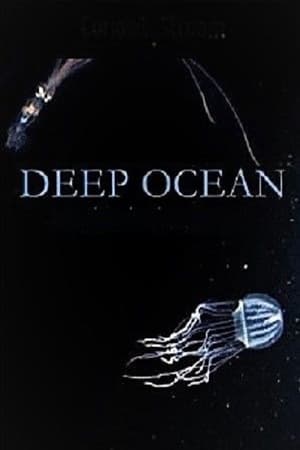 7.8
7.8Deep Ocean: The Lost World of the Pacific(en)
The same submarine which successfully captured the world's first moving images of a giant squid in its natural habitat is used for exploring the deep sea cliffs off the coast of New Guinea. The team encounters true living fossil species one after another. Join this exciting deep sea adventure!
 6.3
6.3Outlaw Comic: The Censoring of Bill Hicks(en)
A biographical documentary on the late great comedian Bill Hicks and his career; in particular the censorship by Letterman that scarred it.
Song of Umm Dalaila, the Story of the Sahrawis(en)
The film takes place in the Saharawi refugee camps in Algeria against the historical backdrop of Spanish colonialism and the Moroccan invasion of the Western Sahara. The Saharawi women, who make up 80% of the adult refugee population, provide a powerful voice as they reveal how they came to assume primary responsibility for the survival of the remains of their families and in turn the entire refugee population.
 7.2
7.2Dancing Outlaw(en)
This documentary short, produced for West Virginia public TV's "Different Drummer" series, introduces us to Jesco White, a hard-living, tap-dancing Boone County resident whose repeated run-ins with the law have interfered with his dream of becoming as renowned a "mountain dancer" as his late father, D. Ray White. We meet Jesco's three distinct personalities; the gentle and loving Jesse, the violent and dangerous Jesco, and the extremely strange Elvis. We also encounter various members of Jesco's family, all nearly as eccentric as Jesco himself. You will ask, "Are these people for real?" Yes, they are.
A Walk to Beautiful(en)
"A Walk to Beautiful" tells the story of five women in Ethiopia suffering from devastating childbirth injuries. Rejected by their husbands and ostracized by their communities, these women are left to spend the rest of their lives in loneliness and shame. The trials they endure and their attempts to rebuild their lives tell a universal story of hope, courage, and transformation.
 6.2
6.2Bald: The Making of 'THX 1138'(en)
The film features a conversation between Lucas and Francis Ford Coppola, producer of THX 1138. They discuss Lucas' vision for the film, including his ideas about science fiction in general and in particular his concept of the "used future" which would famously feature in his film Star Wars. Intercut with this discussion is footage shot prior to the start of production of THX 1138 showing several of its actors having their heads shaved, a requirement for appearing in the film. In several cases the actors are shown being shaved in a public location. For example, Maggie McOmie is shaved outside the Palace of Fine Arts in San Francisco, while Robert Duvall watches a sporting event as his hair is cut off. Another actor, Marshall Efron, who would later play an insane man in the film, cut off his own hair and was filmed doing so in a bathtub.
 10.0
10.0Stories of Strength and Hope: Preventing Youth Suicide(en)
An up-to-date look at Youth Suicide with an examination of the warning signs, statistics and causes, along with possible ways teachers and parents can use to help their child overcome this important social issue. Also includes a look at the media and its handling of the social issue through the Netflix series "13 Reasons Why" and the Tony Award-winning Broadway musical, "Dear Evan Hansen."
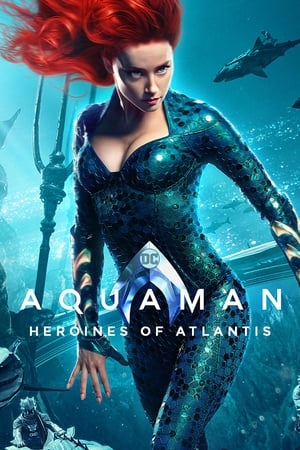 6.2
6.2Aquaman: Heroines of Atlantis(en)
Amber Heard and Nicole Kidman discuss their characters Mera and Atlanna.
 4.5
4.5The Seafarers(en)
Members of the American Federation of Labor, the Atlantic & Gulf Coast District of the Seafarers International Union commissioned budding filmmaker and magazine photographer Stanley Kubrick to direct this half-hour documentary. The director's first film in color, it is more of an industrial film than a documentary, it served as a promotional tool to recruit sailors to the union.
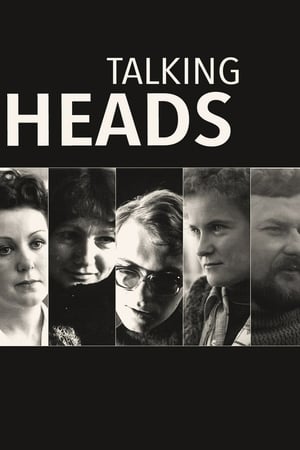 7.8
7.8Talking Heads(pl)
People of different age, profession and social status answer two simple questions: who they are and what they want from life.
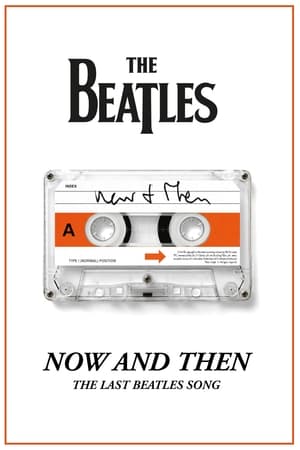 7.3
7.3Now and Then - The Last Beatles Song(en)
The story of The Beatles' last song featuring exclusive footage and commentary.
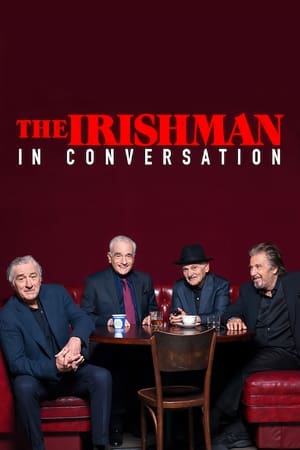 7.5
7.5The Irishman: In Conversation(en)
Martin Scorsese, Robert De Niro, Joe Pesci, and Al Pacino in conversation about The Irishman.
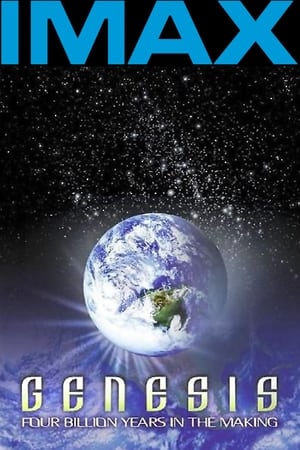 0.0
0.0Genesis: Four Billion Years in the Making(en)
The Great Valley in Africa - a crack of more than 6,500 kilometers in the earth's crust - is the result of the continental fracture that began about 20 million years ago. Volcanic eruptions, like the spectacular eruption of Hawaii's Kilauea volcano in Genesis, are the result of powerful tectonic processes that continually reshape the earth's surface. “From the first moment a supernova explodes in a burst of light and sound, Genesis audiences won't just have a front row seat to watch the creation of the world. The public will be immersed in the creation itself and will be fully aware that the creation is still going on” – Richmond, News-Leader. "Genesis attests that if the public is offered what it wants, it will break down its doors" -Minneapolis Star.
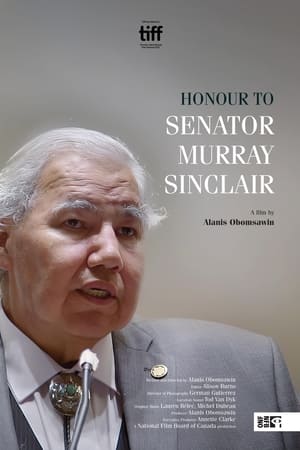 9.0
9.0Honour to Senator Murray Sinclair(en)
Murray Sinclair's acceptance speech for an award in honor of his role as chair of the Truth and Reconciliation Commission of Canada, intercut with the testimonies of survivors of the Indian residential school system.
 0.0
0.0A Behind The Scenes Featurette(en)
A behind the scenes featurette included in the Adventure Time Season 1 DVD.
Straight from the Heart: A Tribute to Philip Seymour Hoffman(en)
An homage to the late actor Philip Seymour Hoffman.
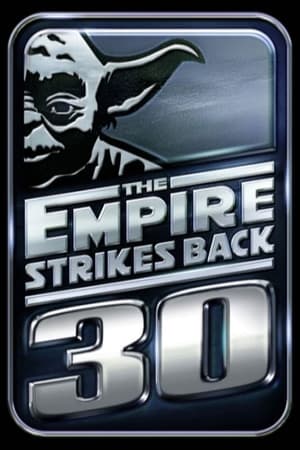 0.0
0.0A Conversation with the Masters: The Empire Strikes Back 30 Years Later(en)
George Lucas, Irvin Kershner, Lawrence Kasdan and John Williams look back at The Empire Strikes Back 30 years later.
Glowing in the Dark(en)
Set against a backdrop of spectacular neon footage of Vancouver, Los Angeles, and Las Vegas, the film is an illuminating exploration into the vibrant history and contemporary use of neon. The movement, power, and raw exuberance of neon is revealed through a fascinating demonstration of how neon is made, a montage of notable neon installations and commentary from a colorful array of neon experts.
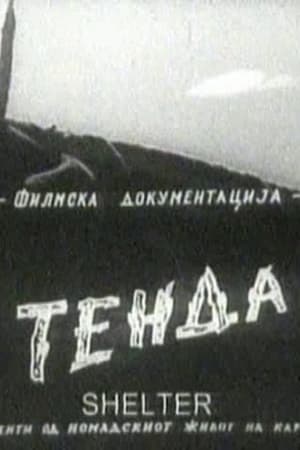 0.0
0.0Shelter(mk)
The film describes the life of the last Macedonian nomadic ethnic group, so called Karakachani. In 18th century, their ancestors, ants of the Traco-Illyrian, leaded by Papucoroshi, as a result of the Turkish oppression withdrew from Gramos, passing through the Macedonian mountains. They settled the surroundings of the mountain Osogovo, particularly the village Vrbica, in Kochani’s district. Nowadays, they can be seen dressed in black, on market days through the towns of Eastern Macedonia. In spring, before they leave on their nomadic trip with the flocks of sheep, at first they fleece the sheep and make various handmade products for domestic use. During their stay in the mountains, they are occupied with milk production and manufacturing. They live a quiet nomadic life, moving themselves from one pasture to another with their whole equipment. They spend the winter period in the warmer districts, along the valley of the Vardar River.